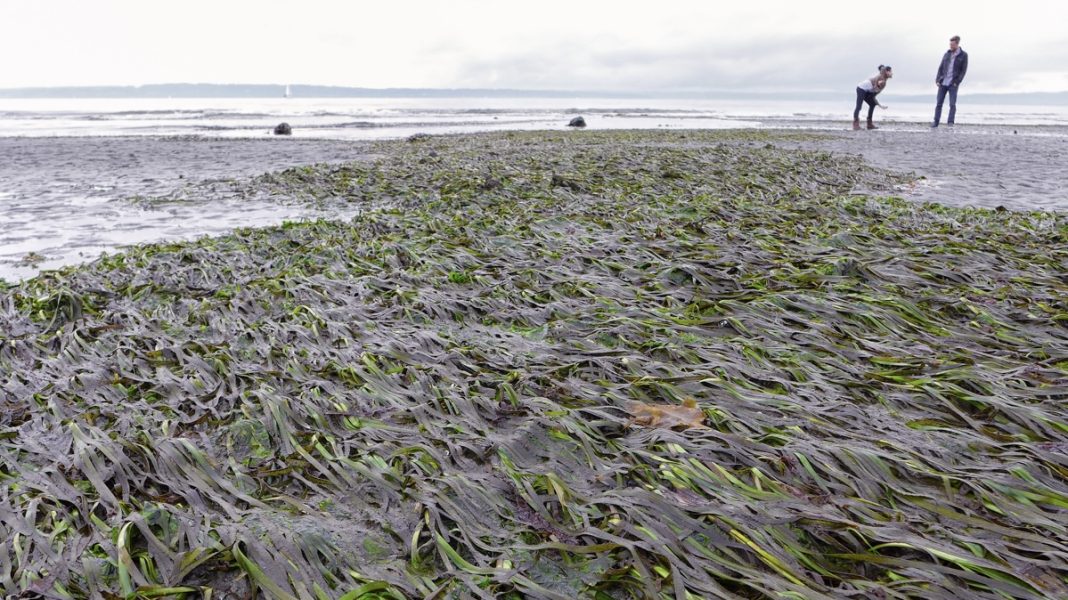In shallows off the Virginia coast, thick meadows of bright green and spindly plants called eelgrass sway in the waves.
Bieri: “It’s kind of like the forests of the underwater world, you know, it provides structure and habitat, refuge, food, a place to raise young, a place for juvenile fish, soft-shell crabs to seek refuge.”
Jill Bieri is with the Nature Conservancy’s Virginia Coast Reserve, a 75-mile-long protected area along the coastline.
In the 1930s, disease and hurricanes wiped out Virginia’s eelgrass.
But by the late 1990s, a small patch of eelgrass had started growing again, so conservationists began planting more.
In addition to providing habitat, eelgrass helps reduce coastal erosion by stabilizing seafloor sediment.
And it also pulls planet-warming carbon pollution out of the atmosphere.
Conservationists have now spread eelgrass seeds over hundreds of acres of seafloor. And the eelgrass has spread out even farther on its own.
Bieri: “We’ve gone from zero to nearly 10,000 acres.”
And that can help Virginia reduce coastline erosion and climate change.
Reporting credit: Ethan Freedman / ChavoBart Digital Media
We help millions of people understand climate change and what to do about it. Help us reach even more people like you.


